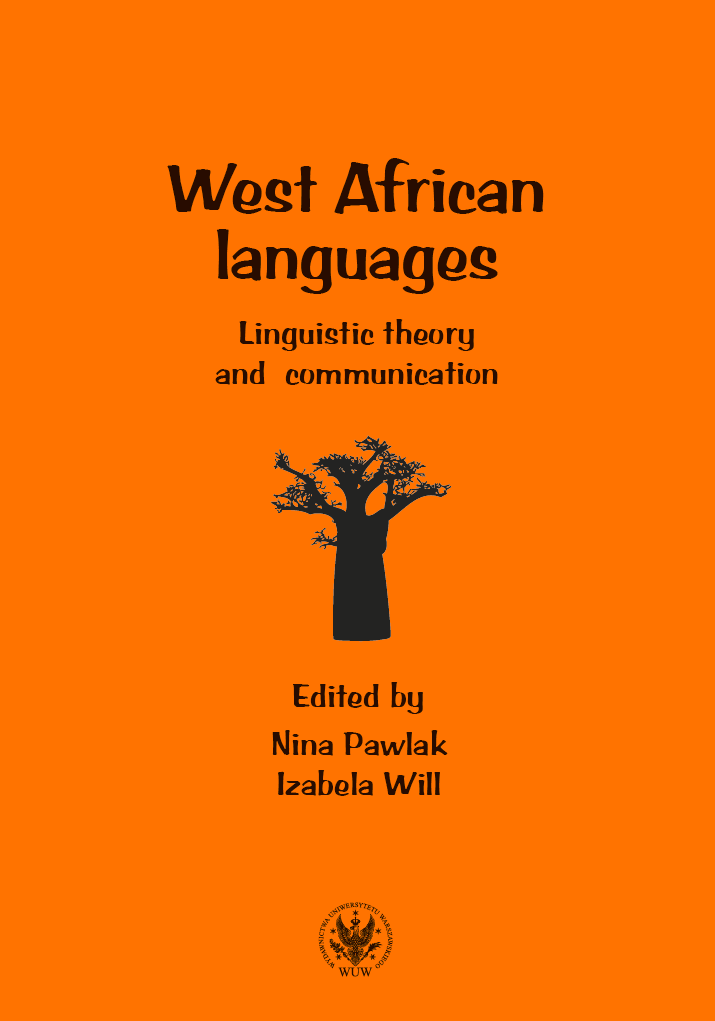Let’s tidy up the grammar of Hausa and analyse after/behind in after class/after he arrives/he’s behind etc. as prepositions
Let’s tidy up the grammar of Hausa and analyse after/behind in after class/after he arrives/he’s behind etc. as prepositions
Author(s): Philip J. Jaggar
Subject(s): Theoretical Linguistics, Applied Linguistics
Published by: Wydawnictwa Uniwersytetu Warszawskiego
Keywords: intransitive prepositions; transitive prepositions; complementation
Summary/Abstract: Hausa is generally analysed as having three distinct classes of preposition: (1) core monomorphemic, e.g., à ‘in, at, on’, dà ‘with’; (2) “genitive” prepositions, e.g. baaya-n ‘behind, after’ (lit. ‘behind/back of’, cf. baayaa ‘back’); (3) two-word transitive prepositions with dà ‘with’ as the second element, e.g. kusa ‘near(by)’→ kusa dà ‘near to‘. Under conventional classifications, prepositions such as the above are basically defined as governing NPs, e.g., baayan kwaanaa ukù ‘after three days’. Conjunctions, however, traditionally govern subordinate clauses, e.g., baayan sun isoo ‘after they arrived’, and adverbs usually modify verbs, e.g., sun koomàa baaya ‘they went behind’. Following early work by Jespersen (1909-49), extended more recently in Pullum & Huddleston (2002), this paper provides further evidence for a unified analysis which treats all the above as prepositional heads of phrases which, like verbs, simply differ in the complements they are licensed to take – NPs, clauses, or zero.
Book: West African languages. Linguistic theory and communication
- Page Range: 153-165
- Page Count: 13
- Publication Year: 2020
- Language: English
- Content File-PDF

